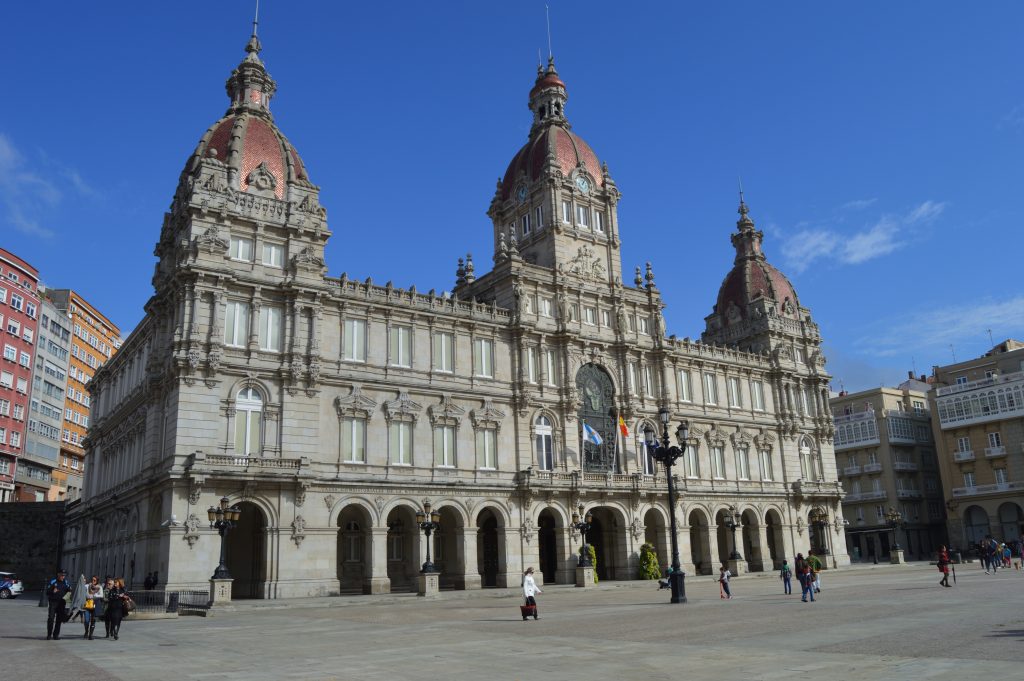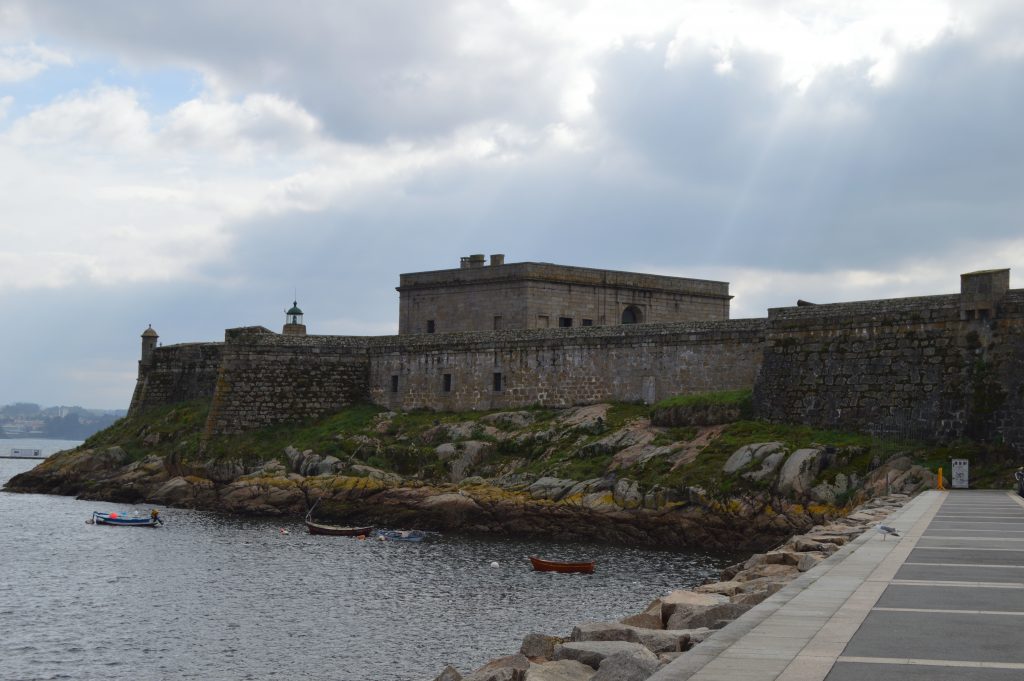On the northeast coast of Spain is one of the most beautiful cities in Galicia, La Coruña. Famous for its football team and stunning ocean views, La Coruña is one of the most important ports on the North Atlantic coast of Spain, just an hour from Santiago de Compostela.

HOW TO GET TO LA CORUÑA
The city of La Coruña has an airport 11km from the city center, most of the flights are domestic and operated by Vueling and Ryanair. Once at the airport to reach the city you can take the 4051 bus for € 1.50, travel time 20min.
I arrived from Santiago de Compostela, I took the train, the journey time is 1h20, return ticket price 12 €. Visiting La Coruña in one day is easy, the city is not small but the main tourist points are not far from each other. Once in the station to reach the center it takes 20min walking, otherwise, you can use public buses.
Madrid – La Coruña = starting from € 35, duration 6h.
Santiago de Compostela – La Coruña = € 6, duration 40min.
Porto – La Coruña = by bus, starting from € 24, duration 4h50.
Vigo – La Coruña = € 15, duration 2h.

HOW TO MOVE & WHERE TO SLEEP IN LA CORUÑA
Unlike Pontevedra, the city of La Coruña is bigger, I did not even take a means of transport and I visited the city walking more than 17km. If you do not like walking here is the bus plan that offers the city (with timetables).

WHAT TO SEE IN ONE DAY
Starting from the port, where you will find the Méndez Núñez Gardens, with its figures and the famous evergreen clock. We go towards the city center, the first tourist spot is Plaza María Pita, a good place to stop for lunch or just for a coffee. In the square, there is the Townhall of La Coruña, surrounded by buildings in typical Galician style.
In the southern part of the peninsula, we find the gardens of San Carlos and the San Anton castle. The castle is also the archaeological museum, admission 2 €, Tuesday to Saturday from 10:00 h. at 9:00 p.m. Sunday and holidays from 10:00 h. at 3:00 p.m.
The museum was inaugurated in 1968, it is considered a historical-artistic monument since 1994. You can find it archeology objects such as protohistoric goldsmithing, Bronze Age, Romanization and different aspects of the city.
In the northern part of the peninsula instead, we find the main beach of the city, Orzan beach, with its crystal clear and cold waters.

TOWER OF HERCULES
Also in the northern part, we find the Tower of Hercules, is an ancient Roman lighthouse. The structure is 55 meters tall and overlooks the North Atlantic coast of Spain. The structure, built in the 2nd century and renovated in 1791, is the oldest Roman lighthouse in use today.
The Tower has been a UNESCO World Heritage Site since 2009 and it’s the second-tallest lighthouse in Spain, after the Faro de Chipiona. It is surrounded by beautiful gardens, just behind the tower, you will find a giant compass indicating the cardinal points.














